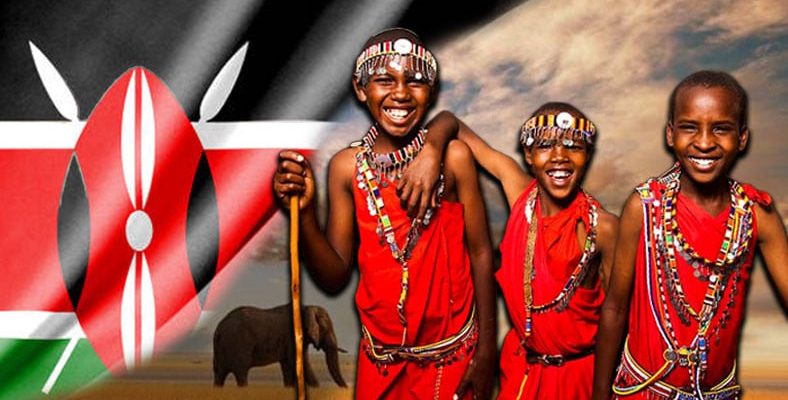When we say the Republic of Kenya, the first features that come to our mind are its capital, Nairobi, which is known for its fun safari activities, crowded population and dangerous nature. But some information about this country is much more remarkable.
Kenya is known as the most developed country in East Africa. The majority of the population lives a relatively more modern life in Nairobi, the capital city. It is a country with national parks and natural beauties with wildlife. So much so that these beauties are even included in their flags.
Before what we mentioned above, we have prepared for you information about Kenya, which attracts attention with the light it sheds on human history. Let’s see together.
Information about Kenya:
- Every symbol on the flag has a meaning.
- The volcano with the second highest peak in Africa gave its name to the country.
- Lava corridors called Hell’s Gate develop the country’s tourism.
- It has 50 national parks and protected areas.
- The Great Rift Valley, which completed its formation process 30 million years ago, is here.
- It has Lake Turkana, which is the largest alkaline lake in the world and sheds light on human history.
- Every year, it hosts the starting and ending point of animal migrations called the Great Migration.
- More than 43 languages and dialects are spoken.
- Nairobi, the most dangerous city in the world, is the capital of Kenya.
Every symbol on the flag has a meaning.
As meaningful as a flag can be, the flag of the Republic of Kenya is also as meaningful. featured on the flag Each symbol has a meaning it wants to convey. First of all, let’s look at the meanings of the colors on the flag. The black stripe represents the majority of the population, the red stripe represents the struggle for independence, and finally the green stripe represents the natural wealth of the country. In the middle part of the flag we see a war symbol. The Maasai war shield and the two spears around it represent the defense of the country.
The volcano with the second highest peak in Africa gave its name to the country.
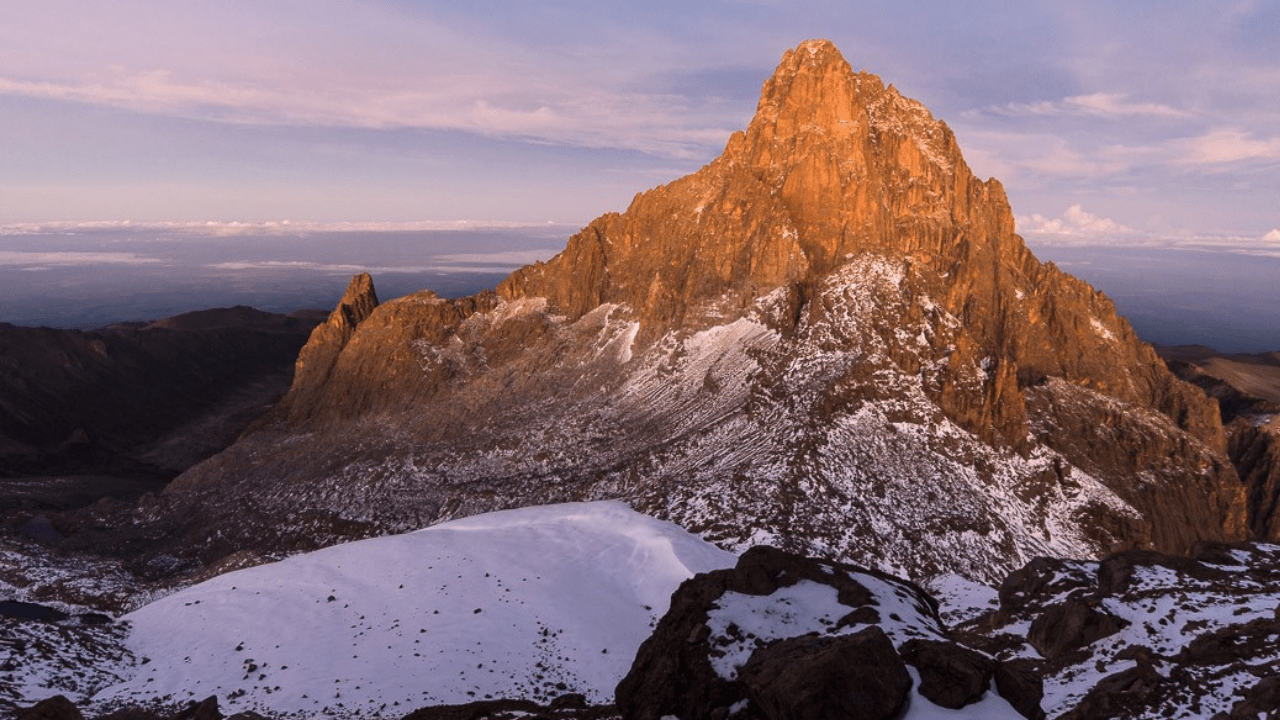
Mount Kenya, which was included in the UNESCO World Heritage List in 1997, gives its name to the country. Mount Kenya, which is important for freshwater resources, is an extinct volcano. Creatures living on the mountain are unique to that region. So much so that the African buffalo, a rare species, survives in this region. After Mount Kilimanjero in Tanzania, with its 5199 meter peak Africa’s highest mountain It is known as.
Lava corridors called Hell’s Gate develop the country’s tourism.
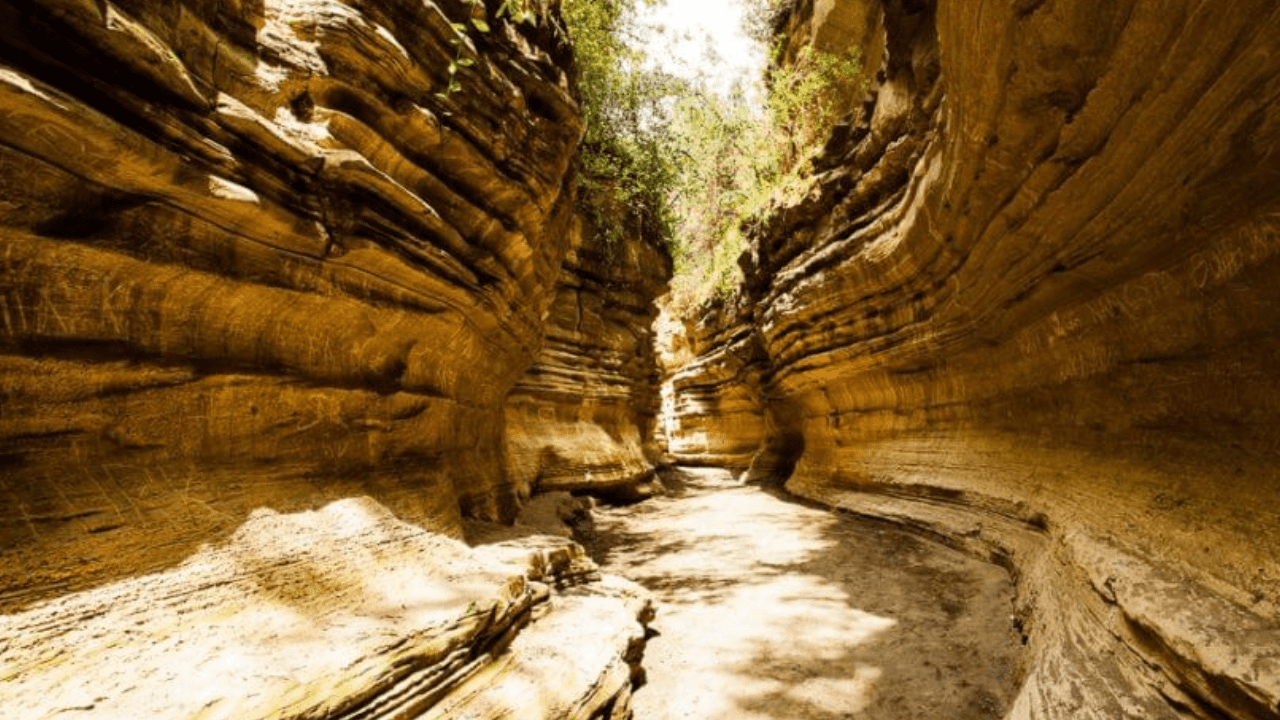
These lava corridors, which were formed as a result of volcanic eruptions estimated to have occurred 150 years ago, provide Kenya with a lot of income in the field of tourism. Lava corridors that can reach 50 kilometers in size are called Hells Gate. The country’s electricity needs about 70% It is known that this is provided by the hot water coming out of these corridors.
The shooting of the 2003 film Lara Croft Tomb Raider: Source of Life and the 1994 film The Lion King took place in the area where these lava corridors are located.
It has 50 national parks and protected areas.
There are 50 national parks and protected areas in Kenya, which has a surface area of 582,646 km². These national parks are home to many wildlife such as African elephants, leopards and lions. For this reason, national parks are important safari spots. Especially, where large antelope migrations occur Maasai Mara National Reserve It is one of the most famous and most popular safari areas.
The Great Rift Valley, which completed its formation process 30 million years ago, is here.
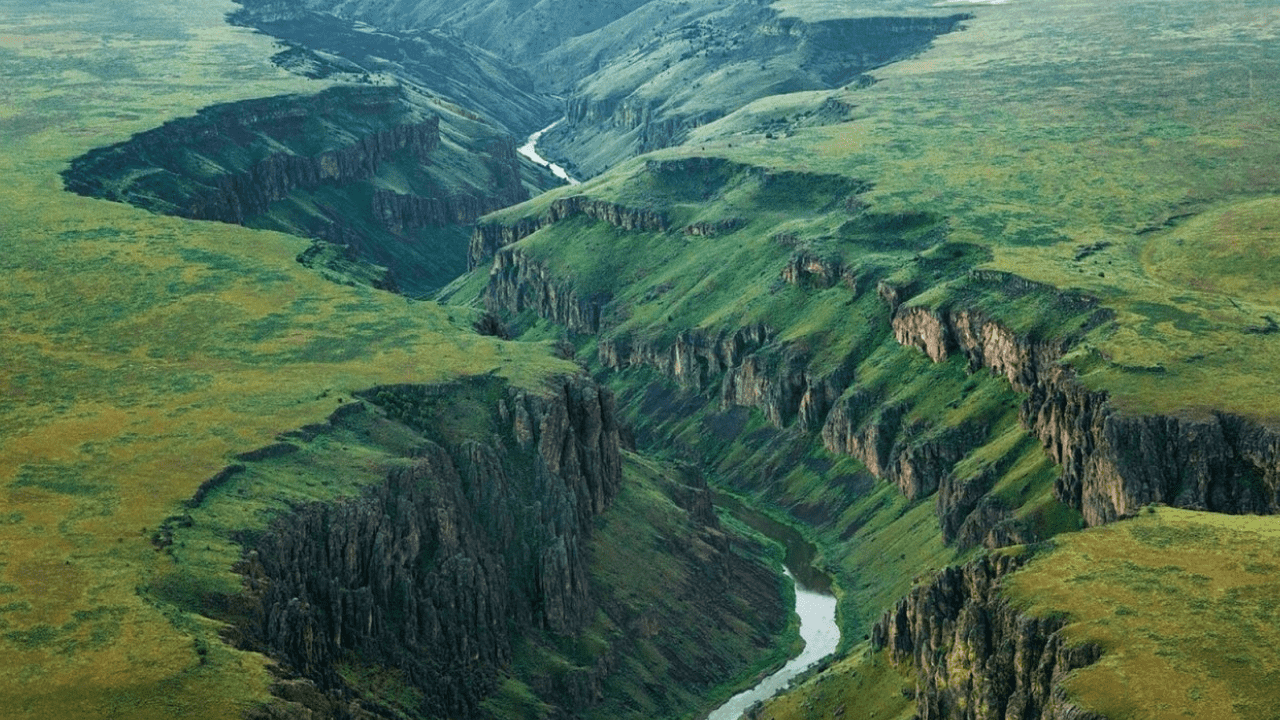
It is approximately 6400 kilometers long and world’s largest fault line The Great Rift Valley, which is considered to be located in Kenya. The formation process of the valley caused changes in the geographical structure of the region. Although it is located on the equator, there is drought in the region due to plate movements.
A human skeleton, estimated to have lived 2.4 million years ago, was found in the Omo region in the Great Rift Valley. This region was included in the World Heritage List by UNESCO in 1980.
RELATED NEWS
The ‘Wow’ Effects of the ‘Great Rift Valley’, So Powerful That It Even Changed the Direction of the Winds During Its Formation, on Human History
Lake Turkana, the world’s largest alkaline lake and shedding light on human history, is also here.
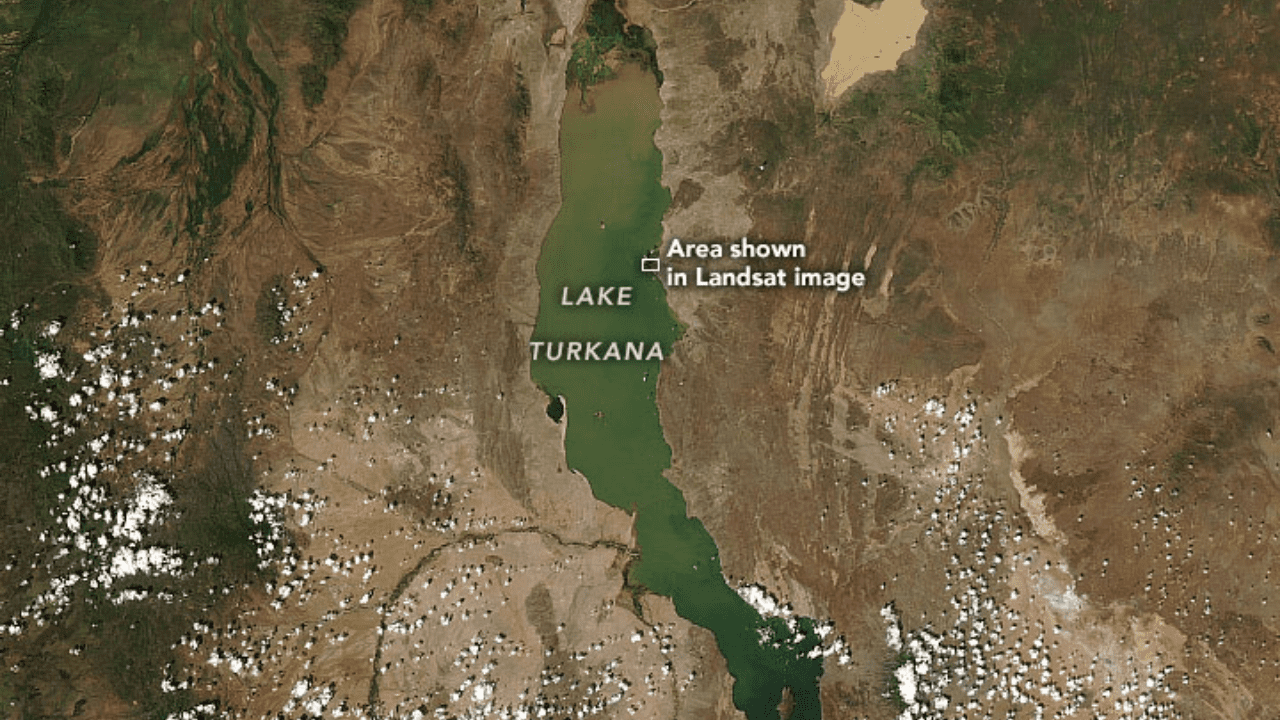
Lake Turkana, located above the Great Rift Valley, is 268 kilometers long, 50 meters wide and has an average depth of 30 meters. It is known as the fourth largest lake in Africa with an area of 6405 km². The first striking feature of the lake is its color. It is likened to the color of jade and therefore the Jade Sea Also known as.
In Lake Turkana, which hosts research on the evolutionary history of humanity, Homo erectus and Homo sapiens There are remains of different species in the same region. Even 1.9 million years old The discovery of a child’s skull made Lake Turkana the center of research.
Every year, it hosts the starting and ending point of animal migrations called the Great Migration.
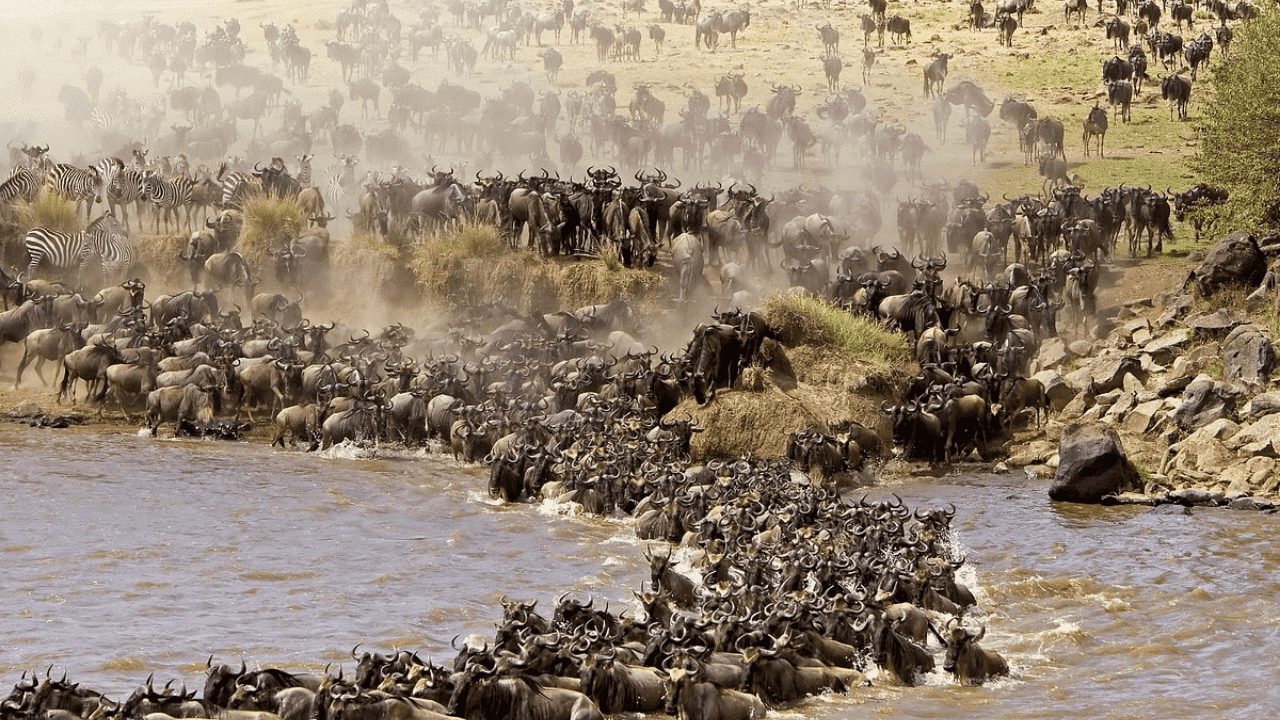
When we say the Great Migration, you may think of animals moving in flocks in documentaries. Yes, we are talking about exactly those moments. In autumn, especially in October and November, seasonal rains increase in intensity in the region. Because approximately 2 million ox-headed gazelles, around 250 thousand zebra and antelope species It migrates from Maasai Mara National Park to Serengeti National Park (Tanzania). A few months later, they return to Maasai Mara National Park.
In short, we can say that animals migrate in a circle of 2500 kilometers throughout the year. The starting and ending point of this circle is Kenya’s Maasai Mara National Park. This event is of great importance for Kenya in terms of safari, which is a touristic activity.
More than 43 languages and dialects are spoken.
Swahili and English are known as the official languages of Kenya, and Swahili is the main national language of the country. However, more languages are spoken in Kenya than these two. There are languages that tribes have developed among themselves and that make it easier for them to communicate. Bantu, Nilotic and Cushites some of those. But we can say that the English language is the most frequently used language because it is frequently used on the streets, in television broadcasts, in newspapers and on the radio.
Nairobi, the most dangerous city in the world, is the capital of Kenya.
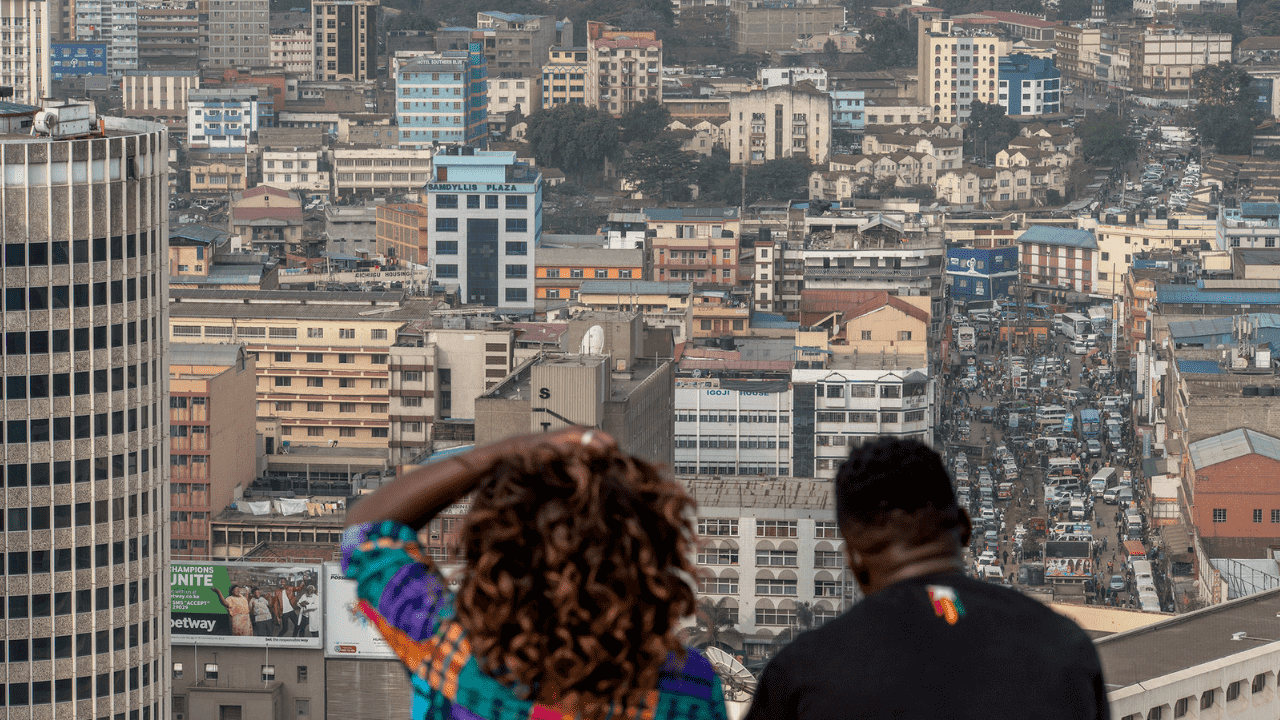
According to 2019 data, Naiorabi, where 4,397,073 people live, is the most populated city in East Africa. This number is increasing day by day. The reason is that he is constantly affected by his surroundings. labor migration to take. In a city with such a large population Crime rates are also quite high. The most common complaint of tourists visiting Nairobi is theft. It is even clear which crime will be committed and where in the city. Latema and River Road surroundings are shown as the most famous areas where theft incidents occur.
The main reason for this is the high income inequality in the city. In the city where there are skyscrapers, shopping malls and dozens of hotels, there are also people living in barracks.
Starting from the meanings of its flag to its most dangerous area from Republic of Kenya we mentioned. If you have information you would like to add about this country, let’s meet in the comments.
Our other content that may interest you:
RELATED NEWS
11 Interesting Facts About Ghana, Considered One of the Safest Countries in Africa (The Meaning of Its Name is Quite Interesting!)
RELATED NEWS
Why Is Luxembourg, One of Europe’s Smallest Countries, So Rich? When You Hear About That Discovery in 1840, You Will Say ‘Look at Your Luck’
RELATED NEWS
8 Facts That Prove What an Interesting Country South Africa Is, a Country Where Approximately 7.6 Million People Live with HIV
RELATED NEWS
